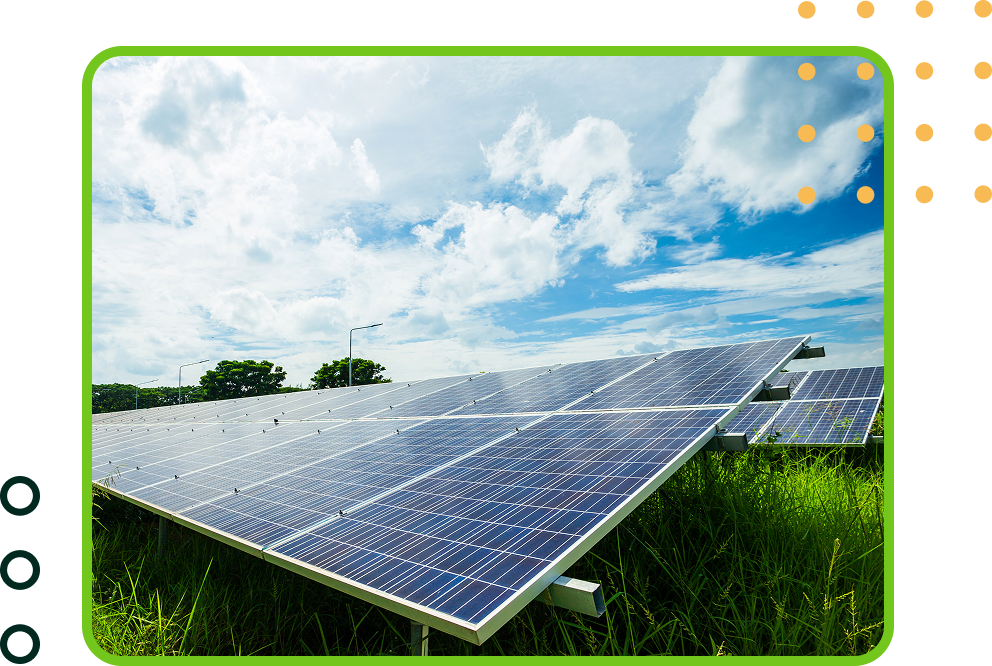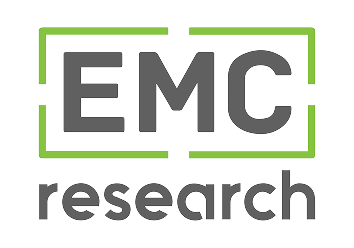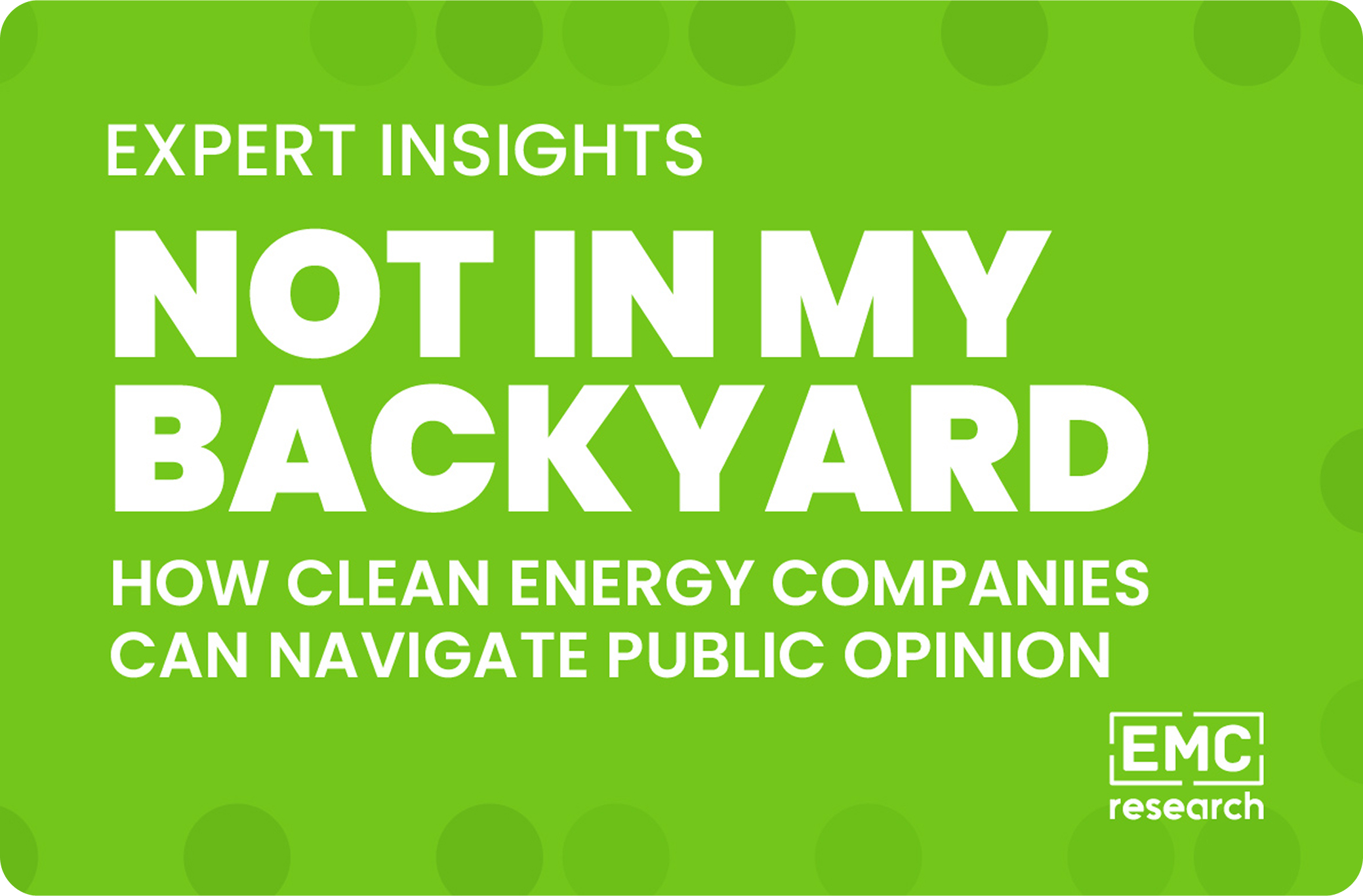Picture this: “No Solar” yard signs sprouting across a rural community, angry residents packing town halls, and a multi-million-dollar renewable energy project grinding to a halt. Sound familiar?
The clean energy industry has a messaging problem. While 81% of Californians support building more solar power stations, only 40% will pay higher electricity rates to make it happen. That willingness to pay has plummeted 16 percentage points since 2016, according to recent PPIC research.
This isn’t just a California problem — it’s the new reality for renewable energy projects nationwide. After guiding clean energy companies through public opinion challenges from Florida solar farms to California offshore wind, we’ve identified the real obstacles: it’s not ideology, it’s economics and aesthetics.

Know Your Audience: The Four Types of Clean Energy Stakeholders
Skip the Democrats versus Republicans framework. The real divisions are more nuanced — and more actionable. But you need research to identify which of these groups is most impactful in your specific community so you can build the right strategy to proceed:




The Two-Front Challenge: Bills and Backyards
Clean energy companies face opposition on two distinct fronts that require different strategies:
- The Cost Front: Energy bills hit immediately while benefits accrue gradually and invisibly. Add AI’s explosive energy demand, supply chain inflation, and EV adoption pressures, and renewable energy becomes a convenient scapegoat for any rate increase.
- The Local Front: Large-scale projects trigger “Not in My Backyard” (NIMBY) responses about ruined views, lost farmland, and changed community character, even when installations aren’t visible from opponents’ homes.
The Messaging Framework That Works
The most effective clean energy communication avoids leading with climate change. Here’s why: focusing on climate change motivates supporters but shuts down conversations with skeptics. Instead, focus on shared values that cut across political lines:

Public Health
(cleaner air, reduced pollution)

Economic Opportunity
(jobs, development, investment)

Energy Security
(domestic production, price stability)

Community Benefits
(tax revenue, local partnerships)
Let environmental benefits emerge as secondary considerations. This approach opens doors rather than closing them.
Three Strategic Recommendations

Research Before You Announce
Invest in comprehensive stakeholder research before project announcements, not after opposition emerges. Map your audience segments, test your messages, and identify potential friction points while you can still address them proactively.

Be Transparent About Costs
Avoiding difficult cost conversations doesn’t make them disappear — it makes them explosive when they surface later. Public audiences handle complexity better when you provide honest, comprehensive information rather than selective messaging.

Treat Public Opinion Like Engineering
Stakeholder engagement requires the same strategic planning and resource allocation you devote to technical specifications and financing. The most efficient solar panel means nothing if you can’t get permission to install it.

The Stakes Are Rising
Public opinion matters more in clean energy than traditional infrastructure because renewable projects face unique vulnerabilities: extensive regulatory oversight, lengthy approval processes, and dependence on sustained political support.
Negative public sentiment affects local tax incentives, state renewable energy standards, federal policy support, and community acceptance. We’ve seen how “No Solar” yard signs can create narratives of widespread resistance even when actual opposition represents a vocal minority.
The renewable energy transition will continue regardless, but companies that treat public opinion as an afterthought will face costly delays, community opposition, and regulatory headaches.
Smart clean energy companies build relationships before they need them. They understand their audiences, craft tailored messages, and maintain ongoing community dialogue. Most importantly, they recognize that technical excellence and financial backing aren’t enough anymore.
In today’s environment, public acceptance has become the determining factor between project success and expensive failure. The companies that get this right aren’t just building better technology — they’re building better relationships with the communities that host their projects.
Tom Patras
Principal
Tom Patras is Principal at EMC Research, where he leads public opinion research initiatives for clean energy companies developing solar, wind, and hydrogen projects nationwide.

